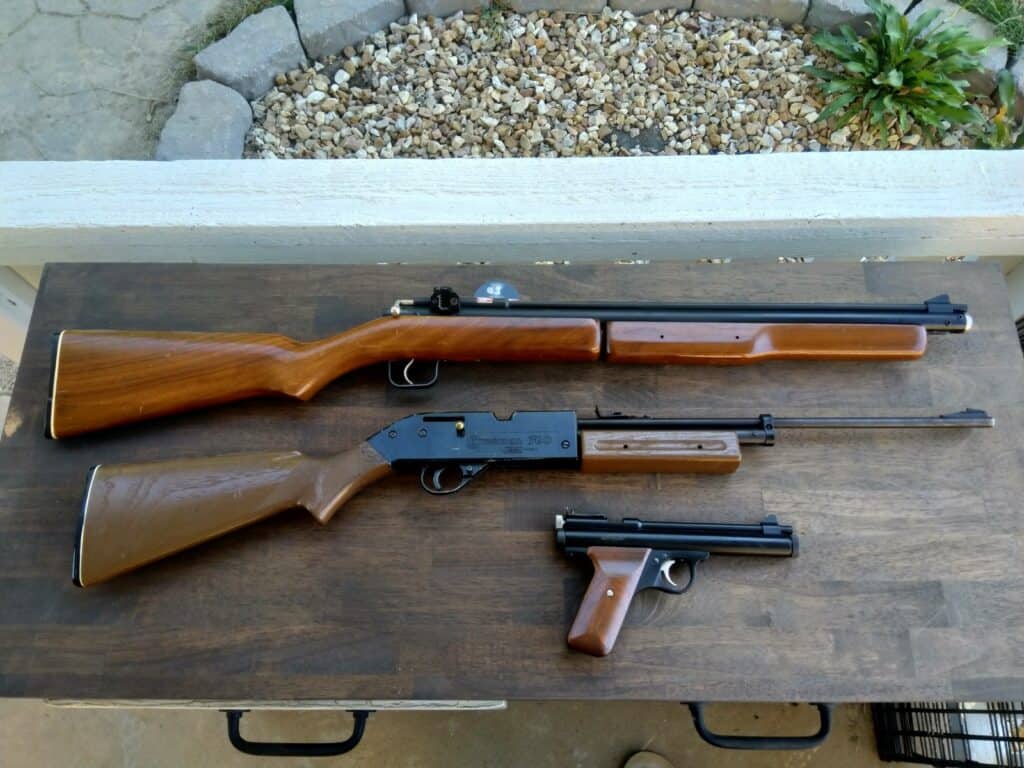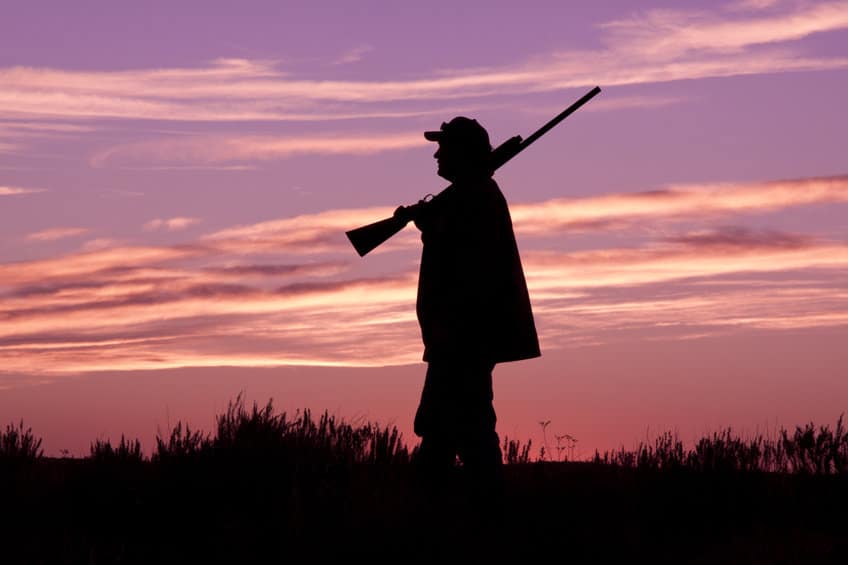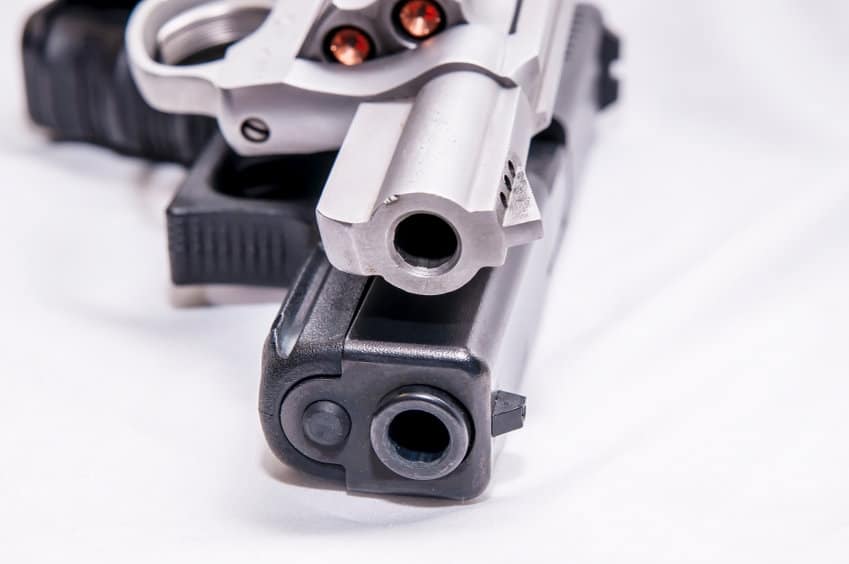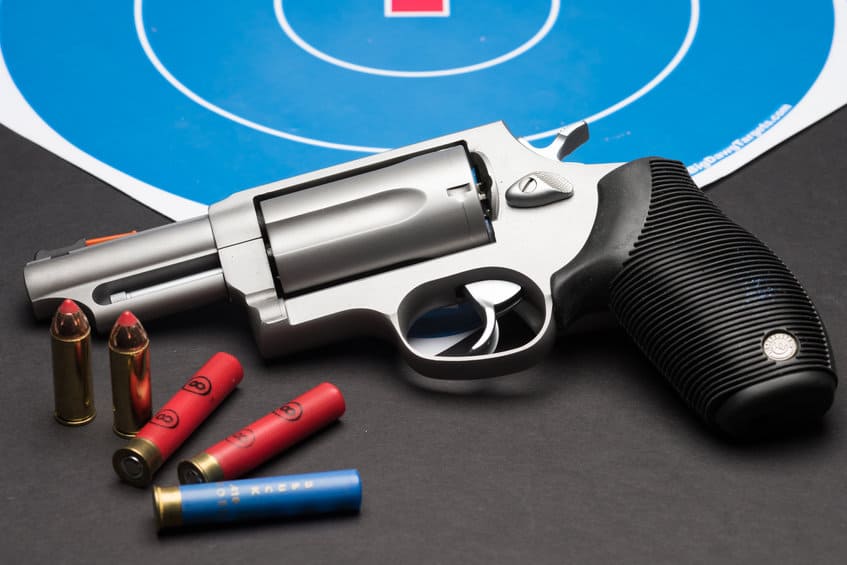Can you survive with just an airgun? Maybe, but I wouldn’t want to. Are they a necessary part of a well-rounded survival arsenal? I think yes, and today we will look at why you need airguns for survival. Plus, I will mention a few airguns I believe to be desirable for various situations.
Table of Contents
Why Airguns?
There are several advantages to airguns over conventional firearms. The first advantage is that the ammunition is inexpensive. A tin of five hundred .22 caliber pellets sells for as little as $5.99 on Amazon, whereas a 100-pack of .22 Long Rifle will cost $9.99 or more at the local Walmart.
The second advantage is a reduced noise level. While still loud, most small-game capable pellet rifles will only be heard by your neighbors if you live in a subdivision. Some air rifles are available with internally suppressed barrels and are extremely quiet.
The third advantage is that almost anyone can own an airgun. Legality will depend on your state and local laws. Last I knew, all airguns were off-limits for felons in Michigan, but they are perfectly fine for them to own in Missouri. In many other parts of the world, airguns, especially ones on the low end of the power spectrum, are one of the few weapons obtainable without government consent.
Types of Airguns
The primary types of airguns are variable-pump pneumatic, spring, gas piston, pre-charged pneumatic (known as PCP), and CO2.
Variable pump
Pump-up pneumatic guns come in single and multi-pump varieties. Best characterized by the venerable Crosman 760, these were the guns that made us earn every shot as a kid. As long as you maintain the seals, and don’t mind pumping furiously between pellets, these guns will give decades of reliable use. I keep a Sheridan .20 pump handy as my garden gun, and it has never failed to solve a yard pest problem for me.
Springers
Spring guns can encompass weapons from the lowly Red Ryder to the massive spring piston .25 caliber Beeman break-barrel I had. While the spring-powered BB guns can be underpowered for anything short of target shooting, the larger spring piston pellet rifles are excellent hunting arms. Simply cock the weapon, load a pellet, and you are ready to shoot. However, they should not be left cocked for long time periods as the spring will eventually weaken or take a set (lose length). So they must be discharged or de-cocked if the shot is not taken. While leaving it cocked for several minutes while pursuing a squirrel is fine, I can tell you from personal experience that leaving a springer cocked for three months will ruin it.
Gas Piston
These are amazing rifles. Similar in operation to the spring piston guns, the gas piston ones use a cylinder of compressed nitrogen instead of a spring. They are less affected by temperature than springers and can be left cocked almost indefinitely. Gas piston rifles also can be quieter and have less vibration than spring guns. There are few downsides to this powerplant.
Pre-Charged Pneumatic (PCP)
PCP guns are the oldest form of air rifle. Lewis and Clarke carried one on their cross-county expedition and used it well. With these weapons, an external pump is used to charge a reservoir of air (either on or off the gun). Some PCP rifles can go for over 100 shots without needing to be recharged. Many have variable power settings to increase or decrease velocity and conserve air. A PCP gun can be left charged and ready for action. There are even a few in larger calibers like .45 or .50 that are designed for hunting medium to large game animals. The only downside is that if you do not have the means to charge a scuba tank to fill from, then you have to pump your guts out with a hand pump.
CO2
The most commonly used for air pistols, CO2 is a convenient but expensive way to run an airgun. There is no pumping required between shots, and the guns can be kept ready to use. (note: this can be hard on the seals). CO2 is contained and sold in 12-gram or 88ish gram cylinders. Velocity is around 600 feet per second in a .177 gun and 500ish in a .22 rifle. That is enough to take small game at short range. I loved my CO2 Crosman lever-action as a kid. The biggest downside then was the same that would be found in a survival situation, after firing 40ish rounds, the velocity begins to drop, and the cylinder is empty after 60ish shots (for 12-gram bulb).
Considerations for Prepping Situations
Urban Areas
If you are trying to survive in an urban area, stealth is your friend. Carrying a full-size rifle outside while looking for a stray pigeon or squirrel will attract attention. For places like this, a powerful but concealable air pistol like the Beeman P17 or the Hatsan Model 25 Supercharger QE is ideal. The latter is nearly 800 fps and can handle small game with ease. If bugging out, consider the compact Crosman Drifter with a steel breach kit added to mount a scope. This handy little carbine has a detachable stock and is very accurate.
Suburban Areas
When your neighbors are close by, you want a quiet gun. Here I recommend a suppressed air rifle like the Gamo Whisper series, or the Benjamin Marauder PCP. If you are on a severe budget, the venerable Daisy 880 can also serve as an acceptable small game gun at backyard ranges.
Country
Wide open spaces and big woods need big air guns. This local is where magnum springers and nitro piston guns shine. Rifles like the Hatsan 135 QE, RWS 34, and Beeman Kodiak. If you are a fan of the Benjamin/Sheridan multi-pumps this is also the best place for them. They are not as powerful as the big break-barrels, but are just as loud. If you want to take deer or other big game, a large PCP like the Air Force Texan or Umarex Hammer can do that.
Final thoughts
While the airgun is not the ultimate survival weapon, it does fill a place in the prepper’s arsenal to allow cheap target practice plus the taking of game or pests quietly and without cutting into your cartridge stash. I firmly believe that a quality air gun is a necessary item for the prepper, and I have one myself.
Until next time..




